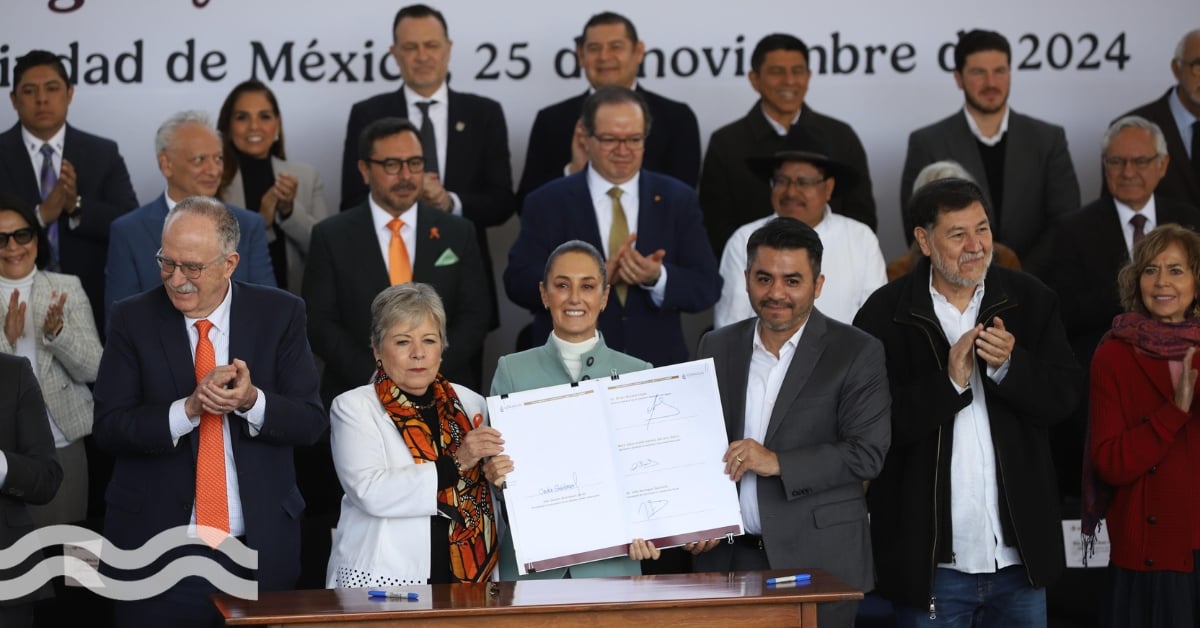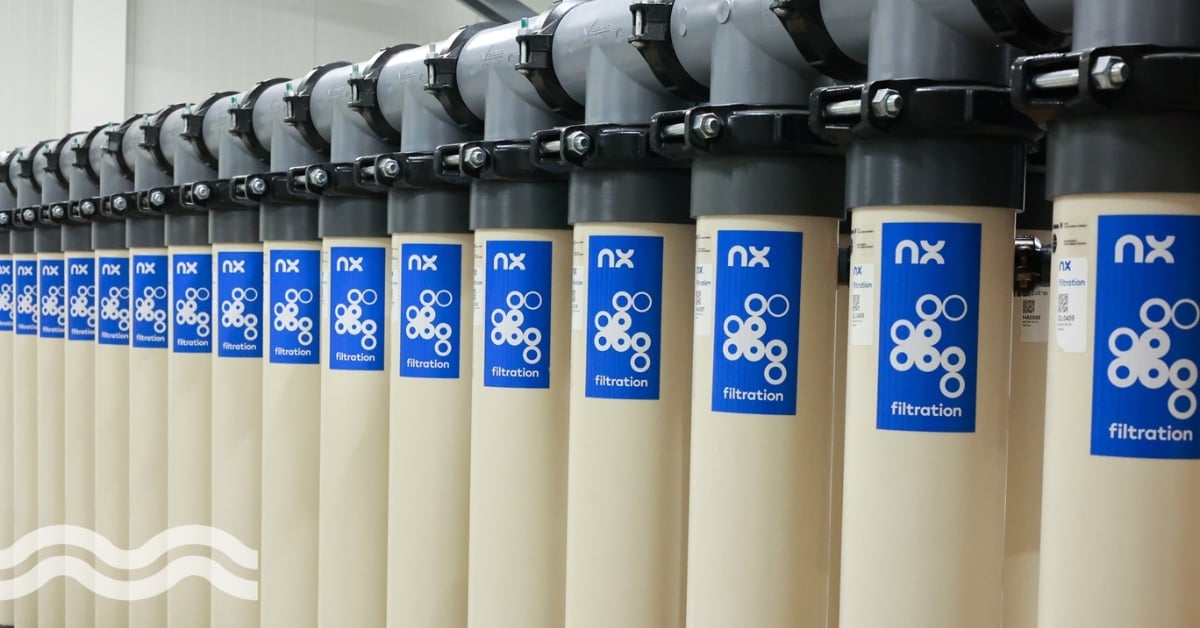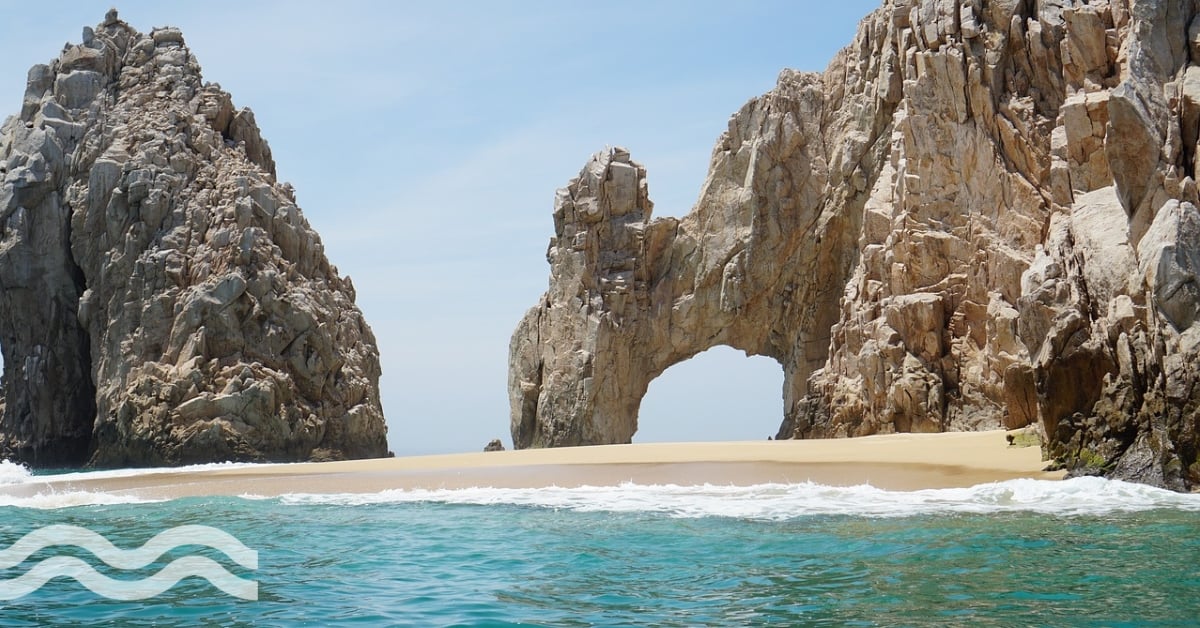Ecological park aims to transform Mexico City’s water environment
.jpg?h=400&iar=0&w=1140)
Lake Texcoco Ecological Park encompasses 14,000 hectares of restored grassland, marsh, and forest, plus sports fields and hiking paths. The park was built on the site of the abandoned Norman Foster designed Mexico City airport and incorporates the man-made Lake Nabor Carillo.
From devastation to hope
Lake Texcoco once spread for hundreds of miles across the area that is now Mexico City. It was the seat of Aztec power. But the lakebed is now mainly dry, with bodies of water scattered across the landscape, amounting to approximately 5 per cent of its former size.
The area was meant to be the site of an €11.6 billion airport: the biggest in the Americas. Construction was halted in 2018 with some of its foundations included in the design of the new park.
Ahead of construction, a number of rivers that flow from the surrounding mountains were diverted from the site, and large areas of the sponge-like soil that would once have absorbed water and filtered it to the aquifer below were capped with asphalt, basalt and tezontle.
Ecological preservation of the Valley of Mexico
It is a huge area – for comparison, the park extends to seventeen times the Chapultepec Forest, two times the city of Oaxaca or Villahermosa and, 2.8 times the Island of Manhattan in New York, USA.
With Mexico City suffering years of drought, its reservoirs depleting, and aquifers not being replenished, rainfall is welcome but rarely managed well, with seasonal rains often causing flooding.
However, Conagua, Mexico's National Water Commission, which oversees the park, believes it can contribute to:
- The temperature regulation of the Valley of Mexico - it is in the worst heat island in the region - reducing soil storms and increasing the management of water from heavy rains;
- It is the only area in the Valley with the necessary extension to store surplus water on a large scale, both to create habitat and to treat it with a short residence time on the site and thus re-inject aquifers or reuse it for other uses;
- It recovers the environmental health of the Valley of Mexico and provides sports and cultural infrastructure to an area of great historical shortcomings, reducing the imbalance between the eastern and central-western areas of the Valley of Mexico;
- It will increase the green area per capita by up to five times in municipalities such as Atenco, Chimalhuacán, Ecatepec, Nezahualcóyotl and Texcoco, and by 9 per cent for the rest of the Valley of Mexico, capturing up to 1,464,968 tons of carbon per year;
- It is a living process where nature and culture coexist to create a unique space, of enormous natural beauty, for the benefit of all the inhabitants of the Valley, with a rich biodiversity: more than 250 species of flora, 370 of fauna and 10 of fungi and mosses.
Wetlands and man-made lakes
Lake Nabor Carillo, a half hour's drive from Mexico City, is three times the size of New York's Central Park. Entirely man-made in the 1970s, it forms just a tenth of the whole park. The lake is home to a population of approximately 60,000 birds, with 150,000 estimated to pass through each year on migration.
For Iñaki Echeverría, director and the architect of the project, this is a rebuke to those who claimed the lakebed was an ecological wasteland. Echeverría told local media that despite the droughts and the lakebeds recent past, a wetland ecosystem has clung on, and that when it rains, 'the lake rebounds'.
Our mantra is to bring as much water back as possible
It is these rains the park is trying to capture and store. The former lakebed is the lowest point in the Valley of Mexico and a natural collection point for water. Using what was left from the failed airport, the project team has repurposed the red tezontle to create ponds and canals to retain water from seasonal rains. It is hoped that these provide areas of cool that will encourage more wildlife to the park, creating new habitats and ecosystems.
Although as yet unproven, it is hoped that by reinstating lakes and wetland environments, the park will eventually help to once again channel water through to the aquifer that lies beneath Mexico City.
Echeverría told Bloomberg that: "Our mantra is to bring as much water back as possible."
Not just water preservation; social impact
The park also aims to promote a healthier connection with water among the people of the region, including Mexico City. As well as creating new water infrastructure, further projects include reforestation, a native plant nursery, a museum and visitor centre, birdwatching platforms, bike paths and running tracks, and a 260-hectare sports complex.
Reforestation is scheduled to take many years as trees and plants take time to root and establish and the parks ponds fill.
A positive future but with opposition
Fears over the park's future following the country's recent elections were allayed when former climate scientist and mayor of Mexico City Claudia Sheinbaum, praised the park ahead of becoming president in June.
Conagua states the park: 'Is an environmental and social justice project that guarantees the rights of all human and non-human communities that inhabit it, particularly the most vulnerable, with a healthy, equitable and sustainable environment."
However, the park has plenty of opposition. From local mafia to those who wanted the airport, from those who think the park was used as political posturing to those in the environmental movement who feel sidelined by the process. Others believe the costs involved are not worth the effort of protecting the dry lakebed, while there are those who in the local communities believe there has been a lack of engagement and who are calling for greater protections for traditional ways of life. Some are concerned that the infrastructure projects at the park will open the door to further development.
It keeps alive the opportunity to imagine a different and better future
However, Echeverría remains positive that once people see what the park is trying to achieve, those who oppose it will be won over.
"I sort of trust people," he told Bloomberg. "Once we open it - and once people see what we have done for everyone - they're going to be excited about this place."
Conagua agrees, stating 'it keeps alive the opportunity to imagine a different and better future: to transform the east of the Metropolitan Area of Mexico City and protect the ecology of the Valley of Mexico.'
To date, more than 11,000 people have worked on the realization of this vision.


